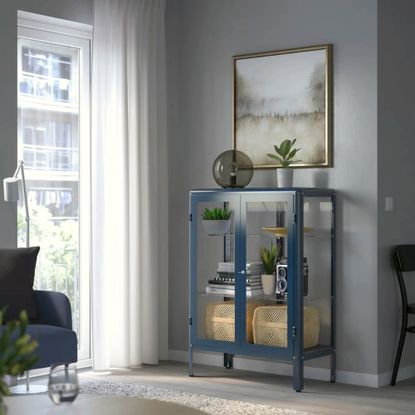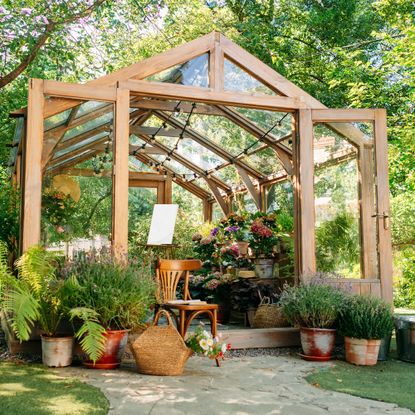Greenhouses
We can’t all garden year round…unless you have a greenhouse. Gardening all year is possible with the right greenhouse plans and how to garden in them. It’s true that many of the more elegant greenhouses can be costly, so why not get tips for building a greenhouse of your own at half the cost. By using our greenhouse gardening tips, you will find information about greenhouse plans for building a greenhouse that meets all your gardening needs. You will also learn how to grow plants in a greenhouse environment. Keep reading to get started.
-
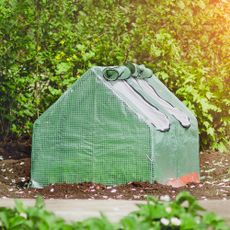
I Stopped Waiting for Spring! This $30 Pop-Up Greenhouse Lets Me Keep Gardening Outdoors All Winter Long
Don't let budget or space stop you from growing the garden of your dreams! I'm buying this mini pop-up greenhouse and gardening all through the winter.
By Laura Walters
-
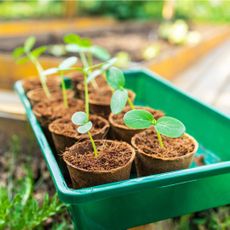
Your Greenhouse Seed Starting Checklist: Tips for Strong Sprouts
Stop worrying about frost! This comprehensive guide breaks down the timing, materials, and techniques for successfully starting seeds in a greenhouse.
By Tyler Schuster
-

Stranger Things’ Caleb McLaughlin Has the Rustic Greenhouse of Our Dreams, and It’s Amazingly Easy to DIY
Anyone else been following Caleb McLaughlin's gardening adventures on Instagram?
By Kayleigh Dray
-
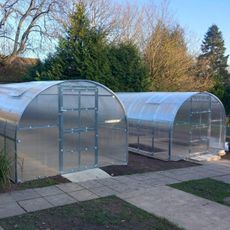
Fall Is the Best Time to Invest in a Greenhouse—Here’s How to Find Your Perfect Fit
Sponsor Content Created With yourgreenhouses.com
Gardening’s off-season is the perfect time to consider a new investment.
By Ellen Wells
-
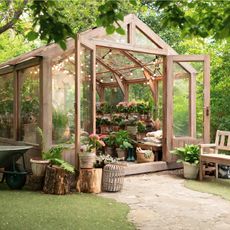
What to Grow in a Greenhouse: Expert Picks for Year-Round Gardening Success
Maximize your indoor growing potential. Here are the best plants – from cool-season crops to humidity-loving tropicals – that will thrive all year long.
By Tyler Schuster
-
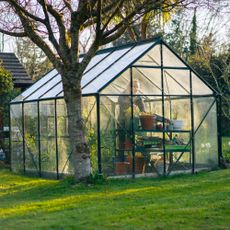
New to Greenhouse Gardening? Here’s Everything You Need for a Fantastic First Year
I'm a first time greenhouse grower, but I write about gardening for a living. Here's what I'm buying to ensure the first year in my greenhouse is successful.
By Laura Walters
-
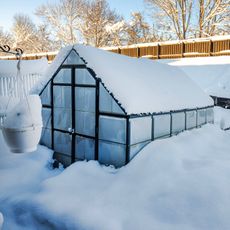
Keep the Heat In – How to Insulate a Greenhouse to Keep Your Plants Toasty All Winter
These simple greenhouse insulation tips will stop heat loss, reduce your energy bills, and keep your plants safe and warm all winter long.
By Tyler Schuster
-
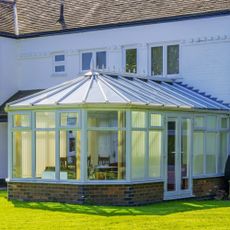
Get the Elegant Look of a Conservatory for a Fraction of the Price With One of These Stylish DIY Kits From Amazon
Extend the growing season and get more living space with a conservatory kit that's also affordable. Here are our pros' top picks.
By Laura Walters
-

DIY Cloche Ideas For Frost Protection In The Garden
Extend the growing season into early spring and late fall with an easy, DIY garden cloche. These simple ideas can yield benefits for gardens of all sizes.
By Susan Albert
-
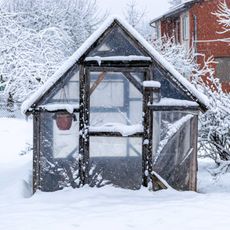
How To Prepare Your Greenhouse For Winter – To Keep Growing All Year
A winter greenhouse can be a joy when you can harvest fresh crops in the coldest months. It takes some prep and upkeep to maintain optimal conditions.
By Amy Grant
-
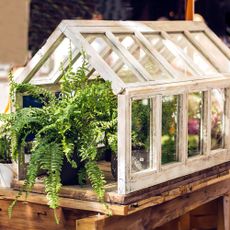
8 DIY Mini Greenhouse Ideas To Extend Your Growing Season On A Budget
There's no need to invest in an expensive greenhouse with these clever small-scale growing solutions you can build yourself.
By Mary Ellen Ellis
-
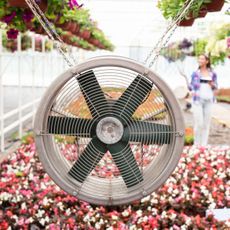
Better Greenhouse Cooling: 5 Ways To Keep Plants Happy in the Height Of Summer
Is your greenhouse or glasshouse feeling the heat? We round up the best greenhouse cooling methods you can apply to keep your plants happy as they grow
By Susan Albert
-
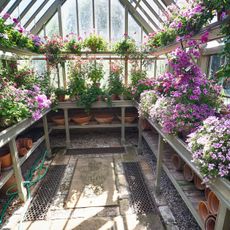
Maximize A Greenhouse In Summer: Easy Ways To Get More From Indoor Spaces
Greenhouses aren't just for cold weather. Even in summer, your plants will appreciate the protection and optimal growing conditions.
By Mary Ellen Ellis
-
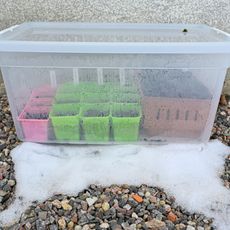
Simple (And Cheap) Plastic Tote Greenhouse For Seed Starting
A plastic tote greenhouse is the easiest way to extend the growing season. Learn how to turn an old tote into a mini greenhouse that's perfect for small spaces.
By Laura Walters
-
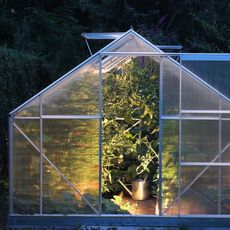
DIY Greenhouse: How To Build A Simple Greenhouse
A DIY greenhouse takes a bit of planning, but building a greenhouse at home can be rewarding and productive.
By Amy Grant
-

Geothermal Greenhouse – A Sustainable Way To Grow Year Round
Learn how to plan for a geothermal heating system for your garden greenhouse that draws warmth up from the ground.
By Bonnie L. Grant
-
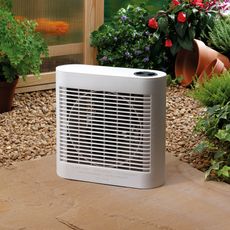
Types Of Greenhouse Heating: Learn How To Heat A Greenhouse
Making your season last longer depends on keeping a greenhouse warm in those cold early spring months, as well as later in the fall. This article will help with that, so click here to get started.
By Anne Baley
